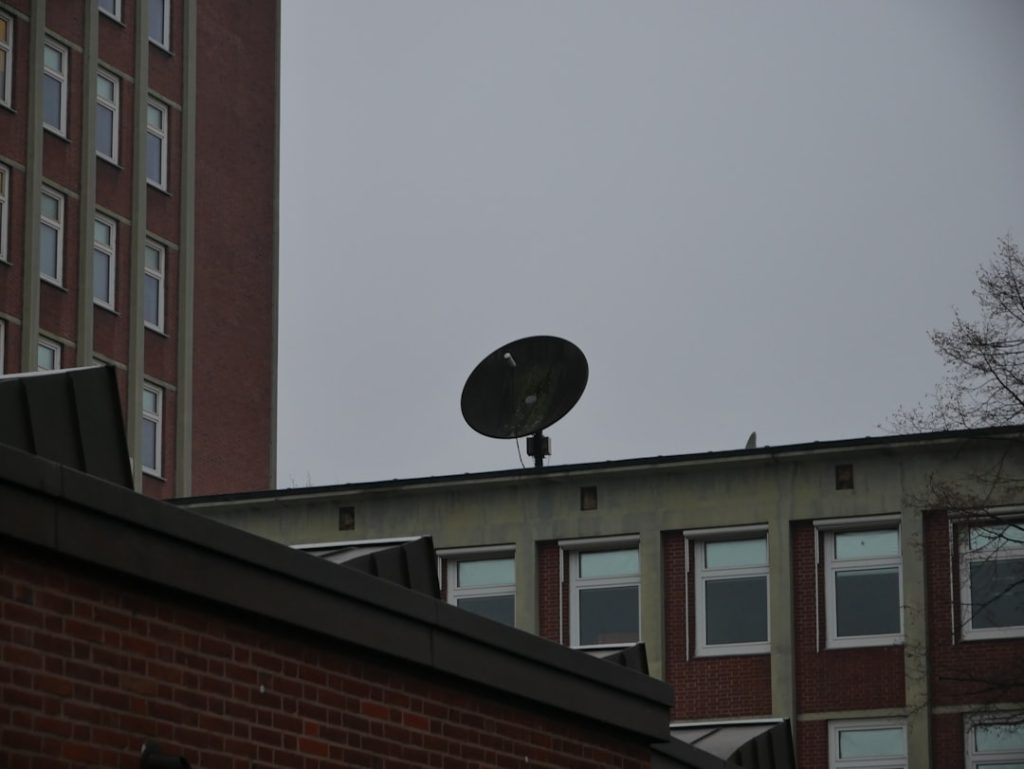Each day the digital universe is becoming increasingly complex, with uncountable devices, cloud services, and applications interacting and transmitting data in a lightning-fast speed. However, the more networks are formed, the more the difficulty in ensuring networks are intelligent, agile and reliable. Artificial Intelligence is already transforming this picture-replacing reaction-driven network monitoring with prediction and prevention as its key focus. The evolution is a turning point in the way connectivity systems learn and optimize themselves, and the basis of a more self-aware Internet. Some of the professionals spearheading the change include Sujay Kanungo, whose work is redefining the intersection of intelligence and networking.
With over seventeen years of experience in AI infrastructure, data networking, and cloud engineering, Sujay’s career path is a gradual, uphill movement based on technological innovation and practical problem-solving. His work today has a combination of scientific accuracy with pragmatic understanding, creating systems that have the ability to feel their own health, process millions of telemetry cues, and react to network disruptions in real time.
The projects led by the strategist, focus on the broad spectrum of smart monitoring and analytics. He spearheaded the design of an AI-based Internet telemetry and anomaly detection platform that is meant to process large volumes of data in a manner that is accurate and efficient. This project enhanced the rate of network problem identification by a third, enabling service teams to respond before the customers were affected. He also ushered in frameworks of automation that made the operations of the cloud leaner, thus cutting the recurrent resource expenses by 22% and maximizing system utilisation in the distributed environment.
The other major accomplishment of his was to lead the development of network assurance platform which incorporated machine learning to the core of network performance management. He was able to design validation frameworks and improve release reliability by 40% and shorten deployment timelines. His tenfold scaling of telemetry ingestion made complex cross-region infrastructures easier to understand and more predictable. In all these efforts, Sujay concentrated on the concept of intelligence being a part of the day-to-day engineering, the combination of reliability, performance and insight.
He also encountered and overcame technical challenges that were unique. The first issue was the lack of labeled network telemetry data to generate useful AI models. To fill that void, Sujay designed artificial data-generating systems that were able to model live traffic conditions. These simulations enhanced accuracy in the anomaly discovery and rendered AI modeling more flexible in the case of real network variations. Simultaneously, he consolidated fragmented data streams of previous monitoring platforms into one AI-based analytics layer. The outcome was smooth observability of domains that had previously been running independently—a mandatory move towards real-time network intelligence.
Beyond his engineering accomplishments, the innovator’s ideas offer a glimpse into the future of digital connectivity. As he added, “As AI and networking converge, we are moving from reactive monitoring to predictive and self-healing networks. The future Internet will not just carry information; it will understand context.” His approach reflects this mindset: embedding inference, observability, and automation into every layer of the network fabric. He has also advocated for the adoption of open instrumentation standards, making intelligent observability a shared foundation rather than a proprietary advantage.
This quest for clarity and context in network intelligence is continued in the current research of the expert. His work is still inspirational to generations of engineers trying to understand the capability of AI to decode complexity without compromising reliability or control.
In the future, advances like graph neural networks and language models as part of routing and observability will transform network thinking about itself. With this change process in action, the work by Sujay Kanungo can be viewed as a warning that the Internet is not only evolving to be faster or to have more data to process but also allow systems to learn, interpret, and maintain themselves with an intuitive and precise sense of human nature.



